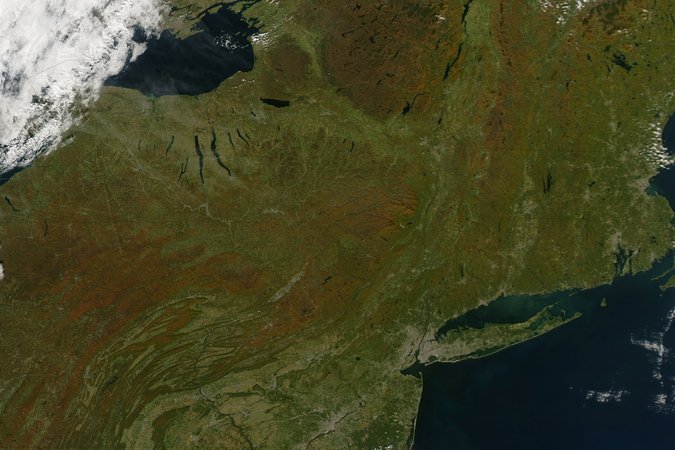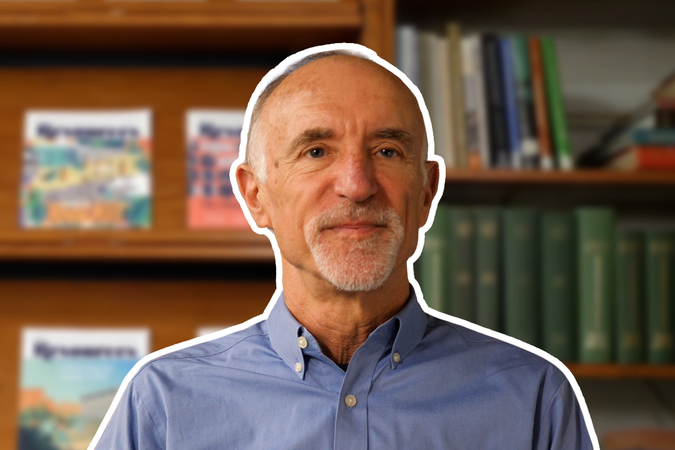What Drives Participation in State Voluntary Cleanup Programs? Evidence from Oregon
View Journal ArticleVirtually all U.S. states have now created voluntary cleanup programs (VCPs) offering liability relief and other incentives for responsible parties to remediate contaminated sites. We use a duration model to analyze participation in Oregon’s program. In contrast to previous VCP research, we find that this program attracts sites with significant contamination, not just relatively clean ones. Furthermore, we find that regulatory pressure—in particular, the public listing of contaminated sites—drives participation. These findings imply Oregon has been able to spur voluntary remediation via public disclosure, a result that comports with key themes in the literature on voluntary environmental regulation
More than a quarter of a century after the passage of federal Superfund legislation, hundreds of thousands of sites contaminated with hazardous waste have yet to be remediated. States Voluntary Cleanup Programs (VCPs) have been created to reduce the backlog, but our understanding of the motives for participation is limited.
In a new discussion paper, titled “What Drives Participation in State Voluntary Cleanup Programs? Evidence from Oregon”, RFF Senior Fellow Allen Blackman, University of Michigan Professor Thomas P. Lyon, Virginia Tech Associate Professor Kris Wernstedt, and RFF Research Associate Sarah Darley take a closer look at the incentives for participation in VCPs and the implications for contaminated site cleanup policy. Their research suggests that public information disclosure encourages participation in these programs.
Many developers shun contaminated sites for fear of being saddled with liability for cleanup costs. To spur action and to encourage development, all but a handful of states have created VCPs that offer liability relief, subsidies, and other incentives for responsible parties to voluntarily clean up contaminated properties. Since the late 1980s to 2004, roughly 20,000 sites have benefited from these programs. Yet little is known about what drives participation, in part because the research and data needed to study the problem are scarce. Identifying those motivating factors is the first step toward providing positive incentives for cleanup.
Blackman and his colleagues analyzed VCP participation in Oregon, one of a small number of states that maintains a database of known contaminated sites. In contrast to previous research on VCPs, they conclude that Oregon’s program does not mainly attract sites with little or no contamination seeking a regulatory “clean bill of health,” but does draw sites that need serious cleanup. Furthermore, they find that regulatory pressure - in particular, Oregon’s practice of compiling a public list of sites with confirmed contamination - drives VCP participation. Together, these findings imply that state regulators can spur voluntary remediation of contaminated sites by collecting, verifying, and publicly disclosing information on contamination, a relatively inexpensive and efficient approach.
These results are also in line with key conclusions in the existing literature on voluntary environmental programs, namely that the threat of mandatory regulation catalyses participation in such programs and disclosure of environmental performance information is an efficient policy tool for promoting abatement and remediation.





